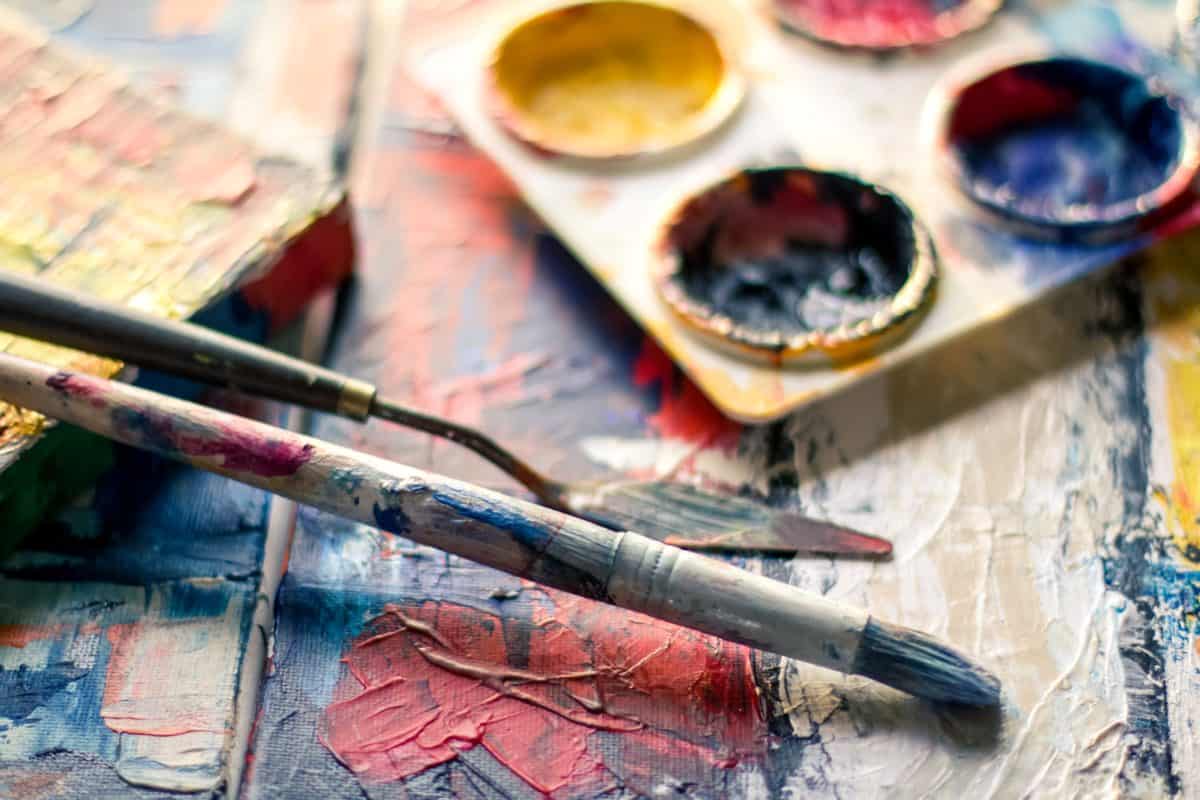“Black milk of morning we drink you at dusktime
We drink you at noontime and dawntime we drink you at night
We drink and drink
We scoop out a grave in the sky where it’s roomy to lie.”
Those are the written words of Paul Celan in 1945, who was subjected to a concentration camp during the Holocaust.
Initially written in German, the exact translation of the entire poem, titled Death Fugue (or Todesfuge in German), is open to interpretation. There are many words and phrases in the poem that are interchangeable, though the overall message and story of the poem are always the same. The poem gives us a peek at life in a concentration camp, and it even goes inside the mind of a Nazi soldier. While Celan survived the Holocaust, he describes in the poem how many others who were less fortunate perished. The entirety of the poem can be found here.
Death Fugue was not published until 1948, when the Holocaust was over. However, it was still widely posted in newspapers. When pieces of art like that of Celan were published and spread, they did the important work of raising awareness of the Nazi’s persecution, even if published after the precise events of the Holocaust had already ceased. Just because the Holocaust was technically over, did not mean that the lasting effects and oppression had dissipated.
–
Produced around the same time as Death Fugue, the above painting depicts a group of women asking two Nazis where their men have gone. The Nazis, in return, tell them to go home before they get arrested. The Nazis also yell severe, derogatory terms at the women.
That work of art was created by Charlotte Salomon during the Holocaust. Salomon ended up being murdered at Auschwitz soon after. However, before she was taken away, she gave her entire collection of personal artwork to her friend Georges Moridis. Moridis maintained the artwork’s secrecy until 1963, when it was first exhibited.
Similar to the poetry of Paul Celan, the artwork of Charlotte Salomon was not published exactly during the Holocaust– it was shown to the world shortly after. However, just because the Holocaust had ended, it does not mean the persecution by the Nazis had come to an end. It is vital to continually reinforce examples of the evils of the Nazis to the public. Art pieces such as the works of Celan and Saloman, created during the Holocaust, are very moving. They incited motivation towards social and political movements within its original viewers during the aftermath of the Holocaust.
–
The above sketch was originally produced by Norbert Troller in 1943, during the Holocaust. It depicts the victims of the Holocaust being herded through a narrow passageway. Troller’s original caption of the artwork reads “50,000 Jews trapped in the ramparts of ghetto-kiz fortress, Terezin”.
There were several more similar pieces of artwork Troller created during the time he spent at the concentration camp. They were all smuggled and then presented to the public as evidence of the atrocities occurring at the concentration camps. It is crucial to note that the pieces by Troller differ from the pieces by the two prior artists, as Troller’s were released during the span of the Holocaust’s actual existence.
It is important that art was created during the Holocaust. As we have seen, some of that work was shown immediately to the public, contributing directly to the fight against the event. Alternatively, a portion of that work was published after the event to help generate a movement against the remaining persecution or to help cope with the after-effects. Either way, art is extremely powerful. It is a useful tool in social and political revolutions, and in fighting against evils.

